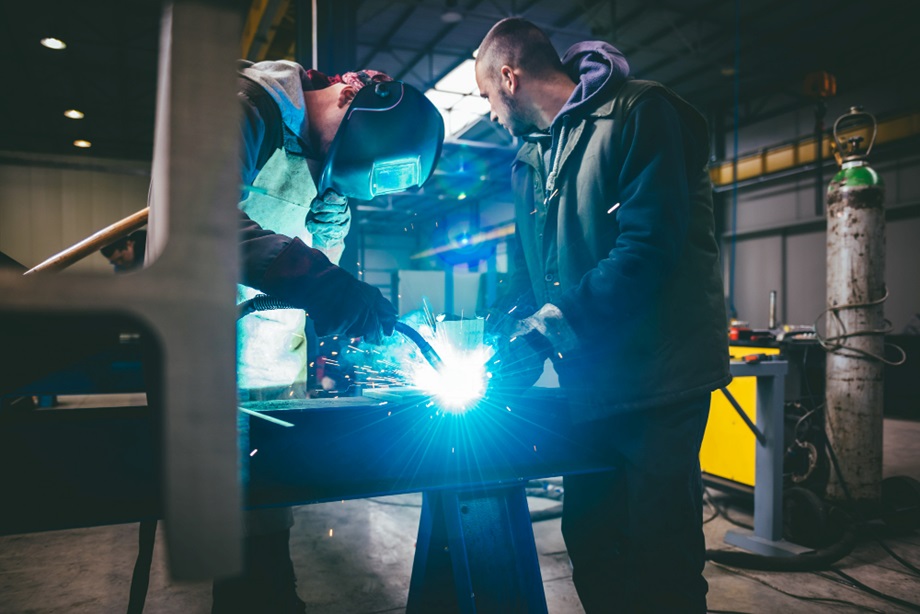The air inside a welding shop is filled with potentially dangerous fumes and particulates that can pose serious health risks for the workers. As the proprietor of such a facility, it is your responsibility to ensure the safety and well-being of your employees. Ventilation is a vital factor that plays a vital role in maintaining a clean and safe working environment. In this article, we will discuss the most effective ways to ventilate your welding shop, ensuring that hazardous fumes and particulates are efficiently extracted and filtered.
The Need for Welding Fume Extraction Units
It’s essential to invest in high-quality welding ventilation units to create a safe and healthy workspace. These systems work by capturing welding fumes at their source, filtering the contaminated air, and recirculating clean air back into the shop. This not only protects your employees from harmful welding fumes but also helps maintain optimal working conditions for maximum productivity.
There are various types of welding fume extraction units available in the market, featuring different designs and functionalities. Some of the most common types include portable units, fume extraction arms, downdraft tables, and centralized systems. Analyze your specific needs and choose the one that best fits your shop’s requirements and layout.
Proper Ventilation Techniques and Measures
In addition to installing high-quality fume extraction units, implementing proper ventilation techniques in your welding shop is crucial. Some effective ventilation methods and measures include:
- Natural ventilation: Ensure that your welding shop is adequately designed, with doors, windows, and vents strategically placed to facilitate natural airflow. Encourage employees to open windows and doors when the weather permits to improve air circulation.
- Mechanical ventilation: Invest in exhaust fans and vents that help expel contaminated air and replace it with fresh, clean air from outside. These systems are particularly beneficial in areas where natural ventilation is insufficient or impractical.
- Dilution ventilation: This method involves introducing clean air into the workspace using fans and vents installed near the work area. In doing so, the contaminated air gets diluted, reducing the concentration of harmful fumes and particulates in the environment.
- Local exhaust ventilation: Also known as source capture ventilation, this system captures contaminants at their point of generation. This is incredibly effective in reducing welding fume exposures for employees working in close proximity to the welding process.
Training and Educating Employees on Fume Safety
Apart from the need for an industrial ventilation system, you should also provide proper training and education to the employees regarding welding fume safety practices. Encourage the use of personal protective equipment (PPE) such as respirators, face shields, and safety goggles to minimize exposure to hazardous fumes and particles.
To Conclude
Implementing adequate ventilation and fume extraction systems in your welding shop is imperative to maintain a safe and healthy work environment. Regularly evaluate your ventilation and extraction equipment to ensure their optimal functioning. By doing so, you not only protect your employees from health hazards associated with welding fumes but also improve the overall efficiency and productivity of your shop.







